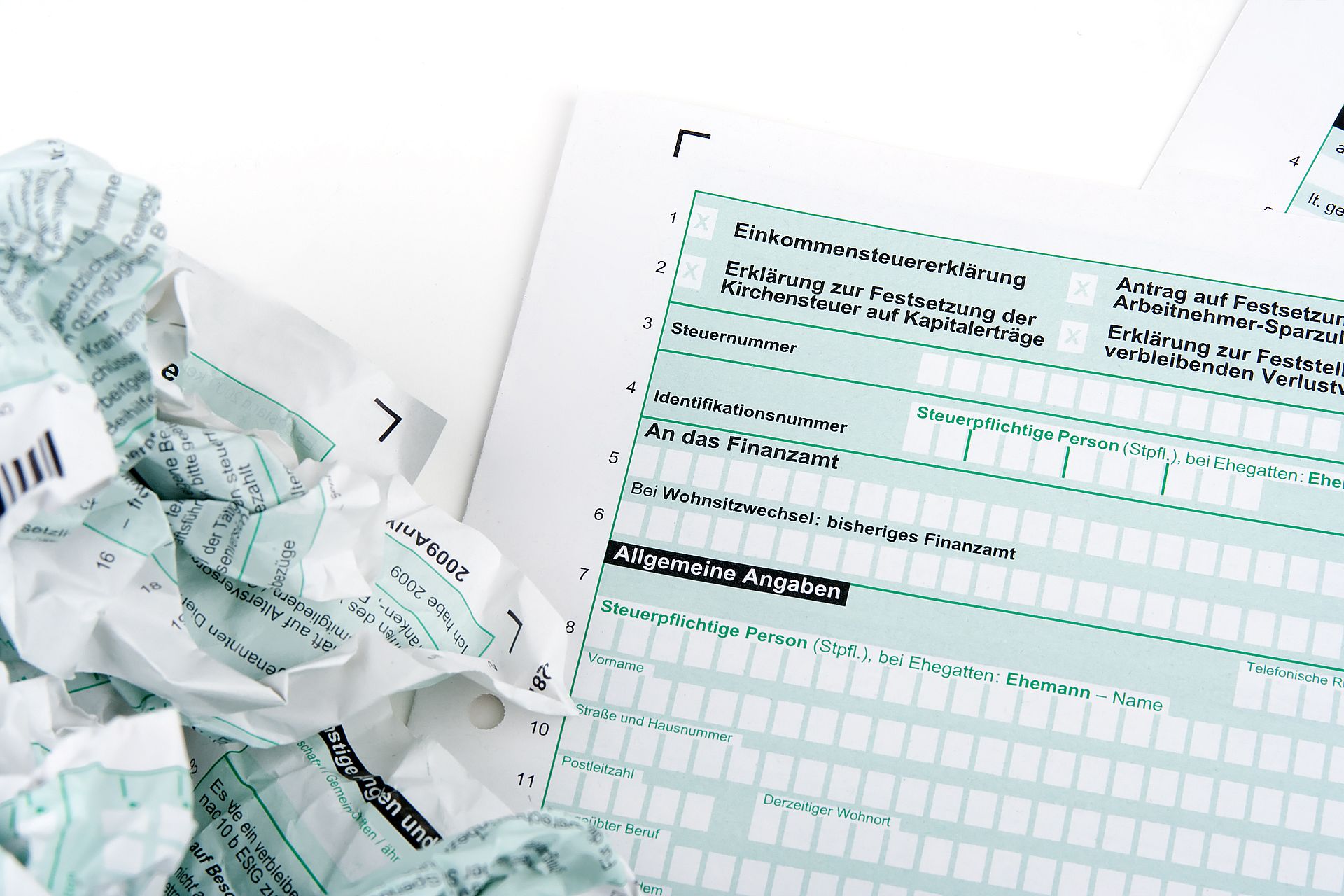Fake news: everything you need to know to not be duped
Every day we are bombarded by thousands of articles, images, and videos about the news events of the moment. It is almost impossible to determine what is true vs. fake news with so much information.
Some of the information out there has been created to manipulate the most emotional part of our brain that is inclined to accept as fact what is presented to us by the media.
(Photo: Ravi Sharma on Unsplash)
However, believing fake news isn't so much the problem but instead becoming a vehicle that aids in the spreading of false information.
Recognizing a piece of fake news, especially one that everyone is talking about, is not an impossible mission.
However, we need to use some precautions, such as those presented to us by the New York Times in his article entitled "How to Avoid Sharing Misinformation on the War in Ukraine".
According to Daniel Victor, who edited the article in the New York Times, the first thing to check is the source that presents the information. It is reliable? Do we have reasons to think it isn't?
(Photo by Jorge Franganillo on Unsplash)
On Twitter, Instagram or Facebook, the blue check symbol next to the account name can help us: it indicates that the identity of the person has been confirmed. But is this enough? Not always, but it's still a first step.
(Photo by Timothy Hales Bennett on Unsplash)
Ok, we have opened Twitter and next to the name there is the blue check symbol. But who is the person who owns the account? Are they an expert on the subject? Is he/she a journalist who deals with these issues or they a VIP who is simply reporting a fact and commenting on it? Doing research on the internet to find out more wouldn't be a bad idea.
(Photo by Firmbee.com on Unsplash)
The New York Times, quoting Dr. Donovan, warns us: if a user consists of a name followed by many numbers, it is most likely a bot. In short, beware of the tweets of BelieveMeAlways5423534321.
(Photo by dole777 on Unsplash)
If BelieveMeAlways5423534321, then, has few followers, few tweets (or posts) and the news it reports are all disconnected from each other ... well, most likely it is not worthy of your trust.
(Photo by Austin Distel on Unsplash)
But that's not all! Our dear BelieveMeAlways5423534321 also has another passion: that of using a hashtag for each word and some that are also off topic ... Well, in this case, most likely what interests him is the engagement and checking the news story before sharing it with your most gullible friends and relatives, it should be a moral duty.
(Photo by Katie Harp on Unsplash)
You did your homework and checked everything: the checkmark is there, the account owner has a name that doesn't look like a mathematical formula, you checked out who he is and that he has a decent number of followers and publications that seem to us to be related to the subject and, finally, the author does not have an immeasurable passion for hashtags. Everything seems to be in order. So can you send the post to your colleague who always wants to have the last word? Well, a little more accuracy would not hurt (at least to avoid making a fool of yourself).
Before succumbing to the lure of the "share" button because all our other contacts also read that exciting news that left us speechless, in reality, it would be better to do a double check on our favorite search engine.
First, find out if other newspapers or other important news organizations have published the news. If there is nothing like it, then you better not share anything. That controversial colleague of yours may have an extra weapon to make fun of you in front of your entire team.
(Photo by Obi - @ pixel6propix on Unsplash)
Also according to the New York Times, even photos and images can help you find fake news: sometimes, the images could also be authentic, it is true, but, taken out of context and placed in an unrelated article. To avoid this, you can rely on Google's image search and verify the picture's origin.
(Photo by Guilherme Vasconcelos on Unsplash)
The New York Times not only talks about searches on Google, but also refers to fact-checkers: these are people or organizations that check the truthfulness of the facts presented in the news. Many newspapers use them and we can too.
(Photo by The climate reality project on Unsplash)
The war in Ukraine probably shook our consciences and our hearts, and, as human beings, we are led to think that it has been like this for everyone and that there is no reason to be wary.
Yet the danger is always lurking and for this reason the New York Times gives you one last piece of advice: to thoroughly investigate the organizations to which you plan to donate your money or that you plan to recommend to your contacts. We must be sure that our money is used in the best way, because solidarity is a serious matter.
(Photo by Pickawood on Unsplash)
More for you
Top Stories





























